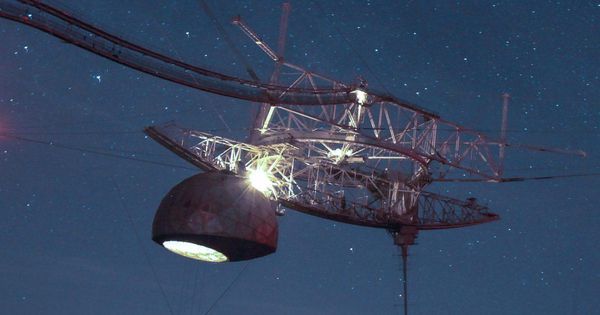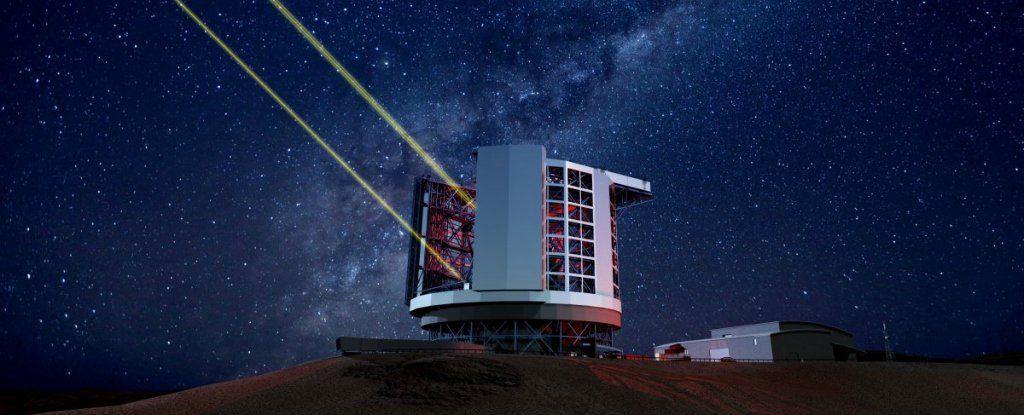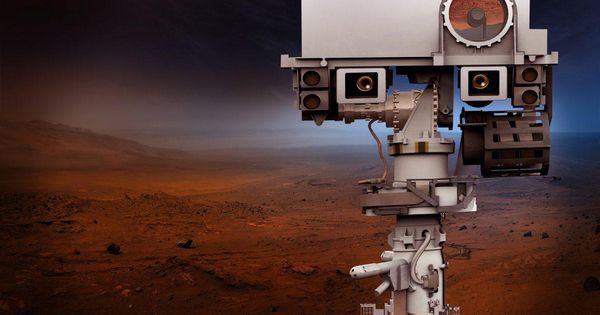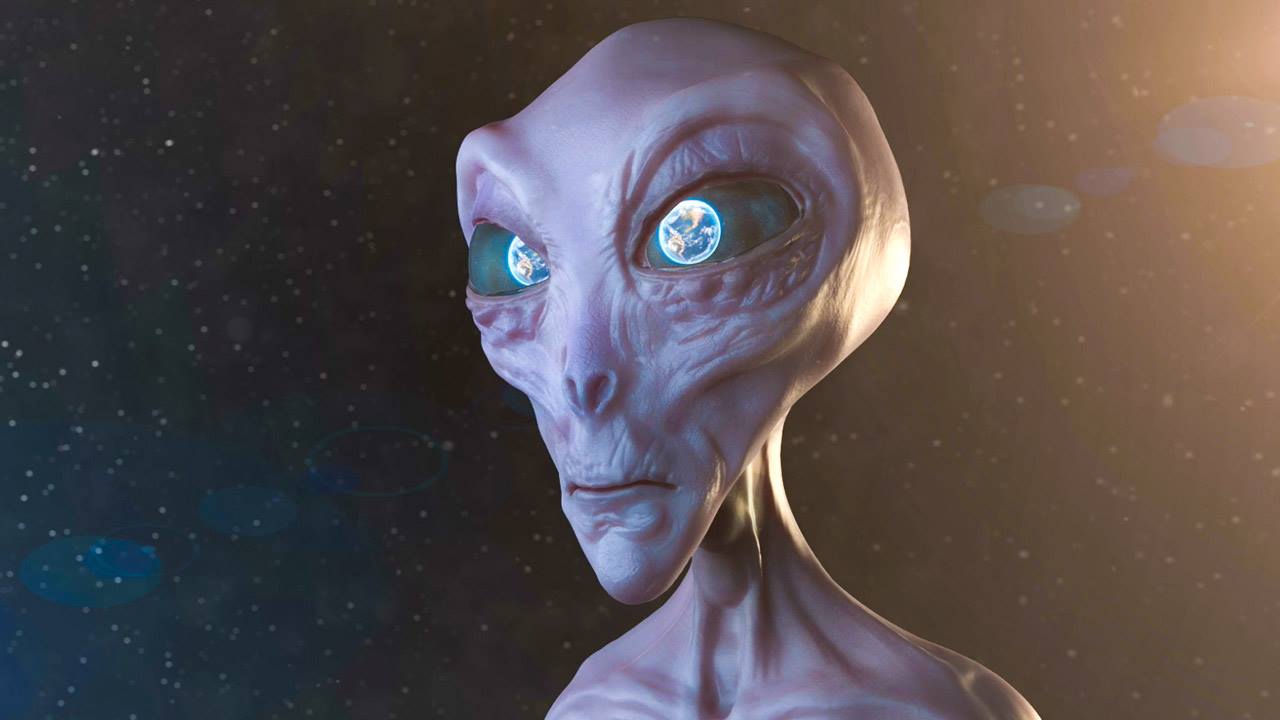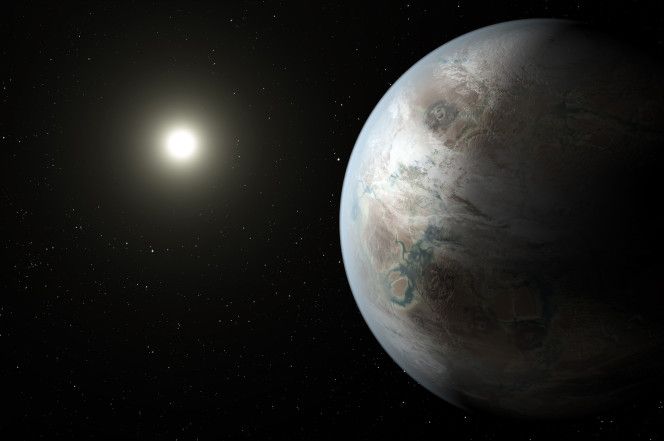One of the biggest challenges for astronomers searching for habitable exoplanets is trying to match up newly discovered worlds with the increasingly long list of criteria that we believe are required for life to take root. A planet may be at a reasonable distance from its host star, but if that star is too young or too old, or just the wrong type, life as we know it would have a hard time there. Now, researchers are reporting the existence of several new planets that appear to meet all the requirements.
The research, which was conducted by scientists from the University of Cambridge and the Medical Research Council Laboratory of Molecular Biology, focuses on planets that are at a safe distance from their host star, but that are also getting enough UV light to trigger the chemical reactions that serve as the foundation for life to exist.
The researchers involved with the study used data from previous experiments that demonstrated the conditions under which the building blocks of life may have formed. Chemicals produced as a result of carbon-rich meteorites slamming into the early Earth are thought to have been a precursor for life, but the scientists still needed to account for the role that the sun played.
Read more

